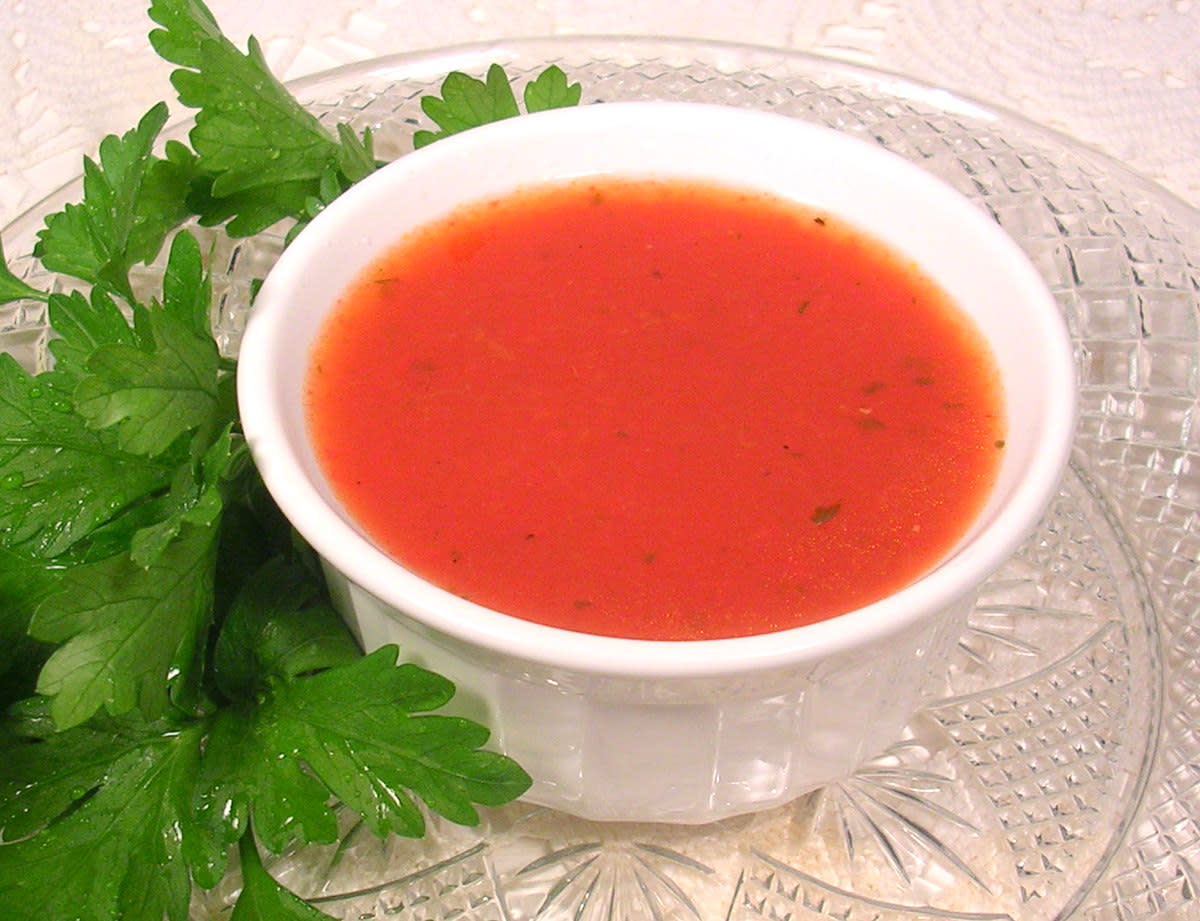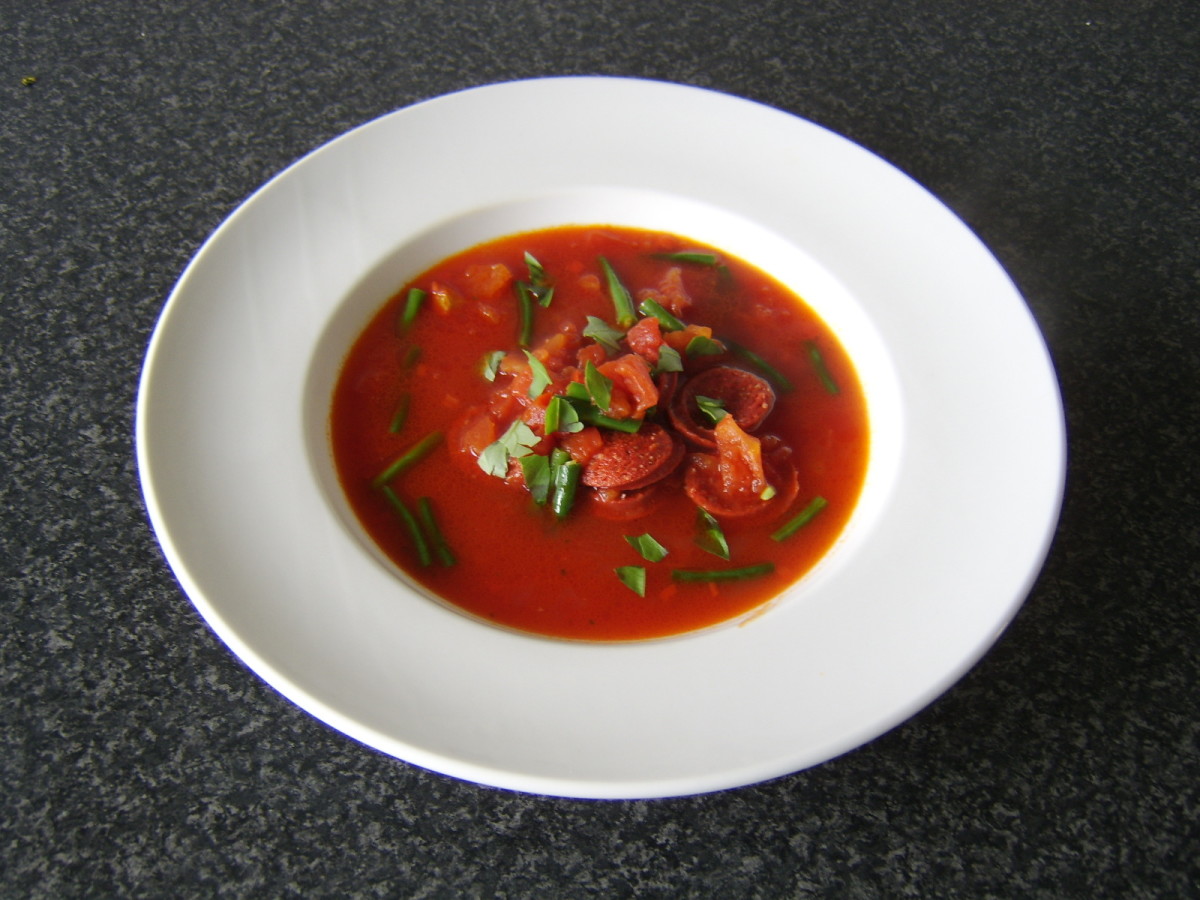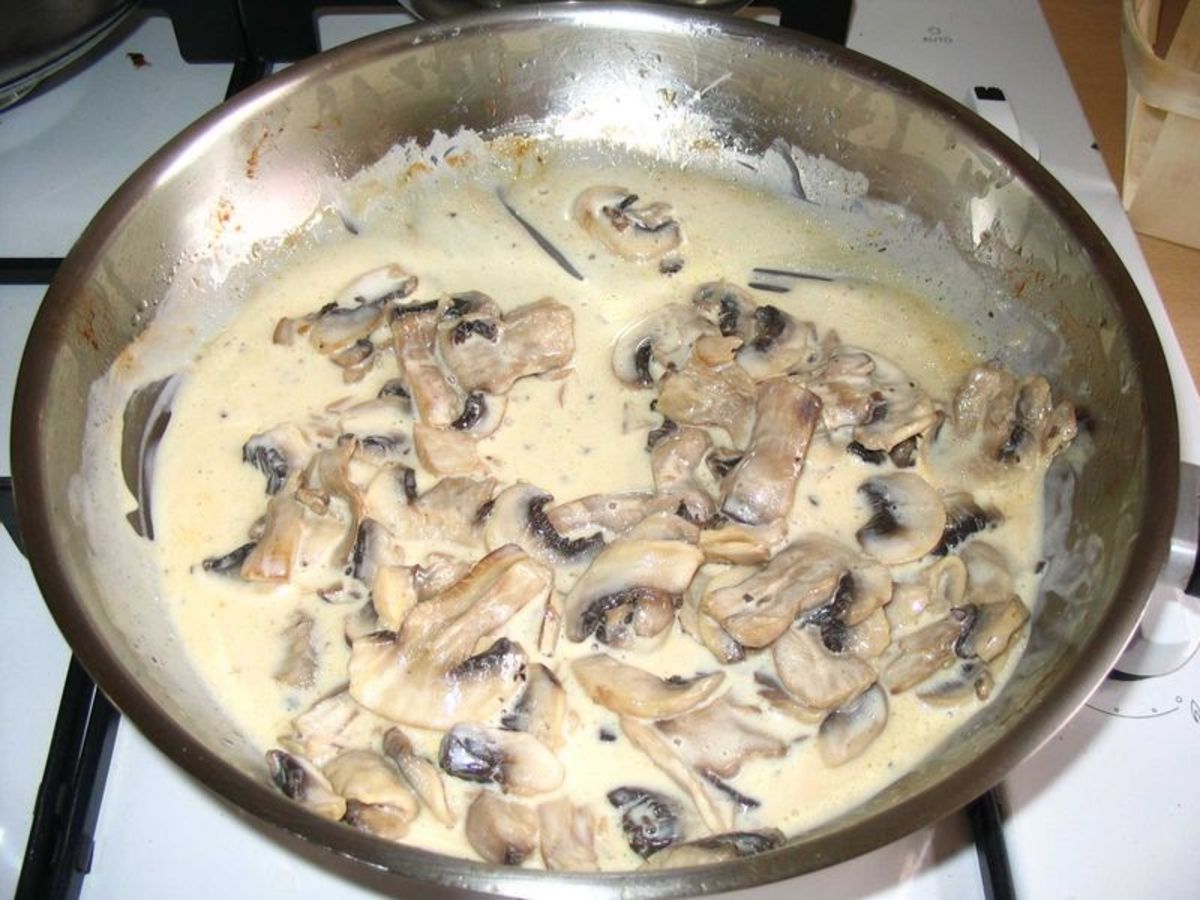Basics for a Good Stock - Tips and Ideas to Make a Great Base for your Soup
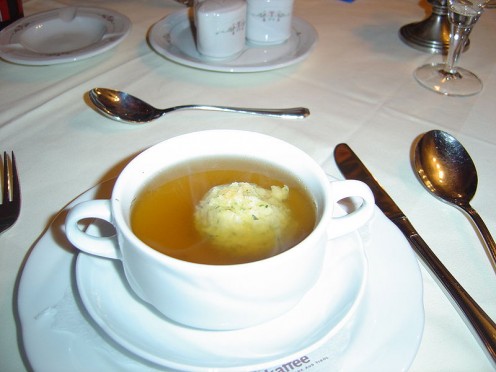
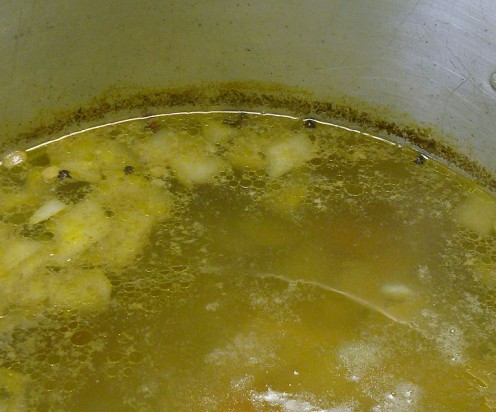
Basics for a good stock
Stocks are so essential to making sauces, soups, stews and other things. Some are quicker and easy to speed through, some take more effort but have a great pay off in depth of flavor. It makes great use of what you may normally throw away. This means less waste, and more taste, to all your dishes that benefit from having them. There is a more common, white stock that is known as Chicken or Turkey stock. If you have never made one before, that would be a great place to start. Before grabbing a recipe, here are some basics to know for a great stock.
What is stock? It really is just a water base, flavored with certain meats, bones or vegetables, and herbs through a simmering process. A good stock can bring great depth of flavor that might otherwise be lacking in one's dishes.
Tips for Stocks You can get some really great flavors from extra meat and fresh bones and scraps from say a turkey or a roast chicken. For chicken stock, the older the chicken, the deeper and richer the flavor. You can "save up" your scraps over time, and do your stock all at once by storing in your freezer as you get them. Some save things like the neck, gizzard, hearts, bones and any other trimmings. Then, when you reach up towards a couple of quarts worth, make a larger quantity of stock all at once. This isn't a bad idea at all, but isn't necessary. Even if you just have a small bird you are cooking, and you only end up with a half a cup or so of stock, it may be just enough to make that special tasty sauce to serve right with that dinner. So there are options.
Equipment that will be helpful in making your Stocks
Here are some useful gadgets that can make your stock easier to make and a real success. Clearly, you will want your soup pot, or large sauce pan and its cover. You will also want a large strainer, a finer meshed strainer, colander, and a smaller pot or bowl (stainless steel is best). A skimmer, with a fine screen is very valuable to have, as is a long handled big kitchen spoon.
Basic technique for making stock (not a recipe, those will come later)
Whatever your meat is, lets say poultry, make sure its washed and very clean. Pull off obvious fat pieces and discard right off, and put in pot and cover with water. You will want to cover it about an inch or so. By boiling rapidly, then putting to a simmer right away upon reaching rapid boil, you can avoid making your stock overly cloudy. With some poultry you will almost always get a grayish scum that sits on top. This is what your skimmer is for, and keep skimming that off until there isn't anything left to skim. Carry on for about 7-8 minutes or so. Cover with some room for steam to escape. If lid is left on tight, this contributes to a cloudy stock as well. For the next hour or so, skim off any fat or any more scummy stuff that comes to the surface. Salt has purposely been left out during this process, as it would get more concentrated later and may overwhelm. Its just better to wait, or do a minimal amount.
De-greasing, and Straining the Stock With a colander, strain the stock into a bowl. With a fine meshed sieve, pout the stock back into the pot or perhaps a smaller one if you wish, depending on how much you are working with. The fat will rise after several minutes. To get rid of this fat, you can refrigerate it after allowing it to cool down some. After chilling, simply peel the fat off the surface. If you have a fat separator, you can use this instead, or just continually skimming it with a spoon.
Last Fat Removal Ultimately, you are going for getting rid of all the fat you can. Depending on what your plans are, say consomme, you can bring to a simmer again, and with a paper napkin get any last little bits of fat off with it.
Store your wonderful stock until you are ready to use it, either in the refrigerator, or in the freezer. Let cool first to room temperature, then freeze or refrigerate in an air tight container. It will be ready for your recipes now.


